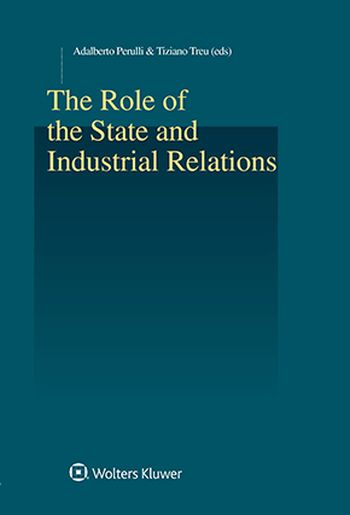
The Role of the State and Industrial Relations, using a comparative approach (the European Union, France, Spain, Germany, Italy, Japan, China, the United States, Brazil, South Africa and India), reconstructs the general framework of global industrial relations considering challenges and future prospects and proposing a new agenda for the state. The new era of industrial relations that has been stealthily changing the world of work in recent decades seems to have reached a stage where it can be systematically monitored and analyzed, in great part because the “creeping renationalization” that has been noted since the financial crisis of 2008 has reinvigorated state intervention in essential economic structures. In the globalized word, with the internationalization of the economy and increasing competitive pressures, industrial relations are developing in new directions. The contributions in this unrivalled book provide important new perspectives on the many challenges inherent in the present and future of the relationship between industrial relations and the state.
What’s in this book: Analyzing industrial relations systems from international, supranational, European and national points of view—and with an interdisciplinary approach connecting labor law, commercial law, corporate governance and international law—this one-of-a-kind book examines such salient aspects of the subject as the following:
Contributors include widely renowned professors of labor, commercial and international law, as well as experts from the International Labour Organization and the International Society for Labour and Social Security Law.
How this will help you: The debate about industrial relations and the state in our globalized world is of major concern for practitioners in governments, companies, employers’ associations and trade unions, as well as for company managers, entrepreneurs, consultants, judges, human rights lawyers and academics interested in labor, industrial relations and social rights in European and international contexts. This book, offering a deep analysis, with a comparative perspective, of the different industrial relations systems, is a guide to the paths of renewed and more complex international labor law.